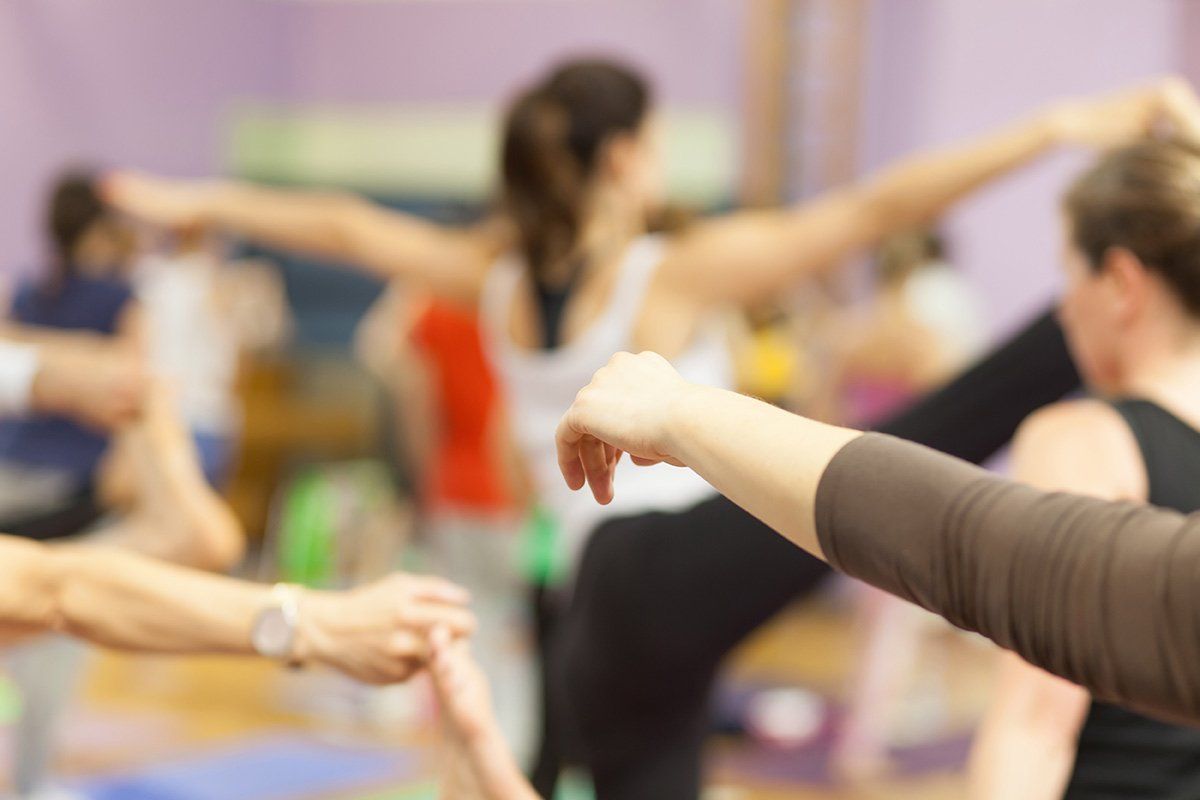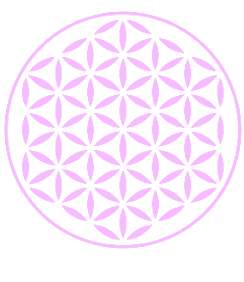What is Ashtanga
Yoga?
In Sanskrit, Ashtau means eight and Anga means limbs. Ashtanga yoga originated in Mysore India.
It is a dynamic flowing practice that incorporates the eight limbs of yoga, described by Patnajali in the Yoga Sutras.
This means that as well as the postures, or Asana, which is only the third limb, we also use Pranayama, the fourth limb, or breathing techniques in the form of Ujayi breath. We breathe with Ujayi breath throughout the practice. It is often known a ‘ocean’ breath because it sounds similar to the gentle waves of the ocean. It is a means to focus your mind as you can always hear your breath.
We work with energy locks, or bandha, to create heat and keep the prana in the body, and we also work with drishti, or looking places to find the direction of the postures and help us to look inwards. This is the fifth limb of Pratyahara.
We practice the same postures over and over again in order that they become familiar to the body, so that we can eventually flow with grace from posture to posture.
We always know what comes next, which lets us concentrate on the breath and then the practice becomes a moving meditation.
This concentration and meditation are the sixth and seventh limbs, Dharana and Dhyana. Samadhi, the final limb may come to you in moments of pure concentration.
The first two limbs of this eightfold path are lifestyle and observances to follow. They are called the Yamas and Niyamas and include Ahimsa, non harming, truthfulness and not stealing amongst others.
These can all be applied to your yoga practice so that you are honest about your capabilities and don’t push yourself too hard and harm yourself.
This is important when applied to the Ashtanga method of yoga because it can be challenging in places.
If we can practice in this way, incorporating the eight limbs, we can reach Samadhi, the last limb, this has been described as super consciousness or a state of bliss.
Samadhi can be momentary or sustained.
The goal of yoga is sustained samadhi over a long time. This may come after many years of practice.
The Ashtanga method has six sequences, though many people only really practice the first series. The postures are intelligently sequenced so that they open your body gradually.
Each sequence builds up to a peak posture in the middle. All of the sequences begin with sun salutations and a set sequence of standing postures which are designed to create strength in the legs and open the hips as well as open the heart. You then move into your chosen series for the day and end your practice with the finishing postures which involve back bending and inversions.
The practice is designed so that you move through the postures connecting breath to movement, so one breath, one movement. Each sequence lasts for roughly an hour and a half depending on the length of your breath and the idea is to breathe fully and deeply, with bandha in all of the postures.
Ashtanga yoga is commonly taught in primary series led classes where the teacher calls out the name of the postures as you move through them.
Ashtanga is also taught in the Mysore style self practice method where the teacher observes the room full of people practicing in their own time.
You need to have remembered the sequences in order to do this type of class but it is usually taught one posture at a time over a few months and you are generally not moved on too far until you can remember the order and names of the postures you have already been given.
This is actually the perfect ‘All levels’ Ashtanga class.
The postures are linked together with a mini sun salutation, and this is designed to stretch out your body in between postures, and keep the heat and the concentration. Each posture begins and ends at Samasthitihi, or standing.
It is a beautiful practice
Given time, dedication, and hard work, it really makes you look inwards at yourself.
It begins on the mat with the approach to the postures. You repeat the same ones every day but your body and your mental attitude is different every day. Slowly you begin to notice patterns in your behaviour towards the postures. If you can do this, you will begin to change your patterns of behaviour off the mat too. It can really change your life.




